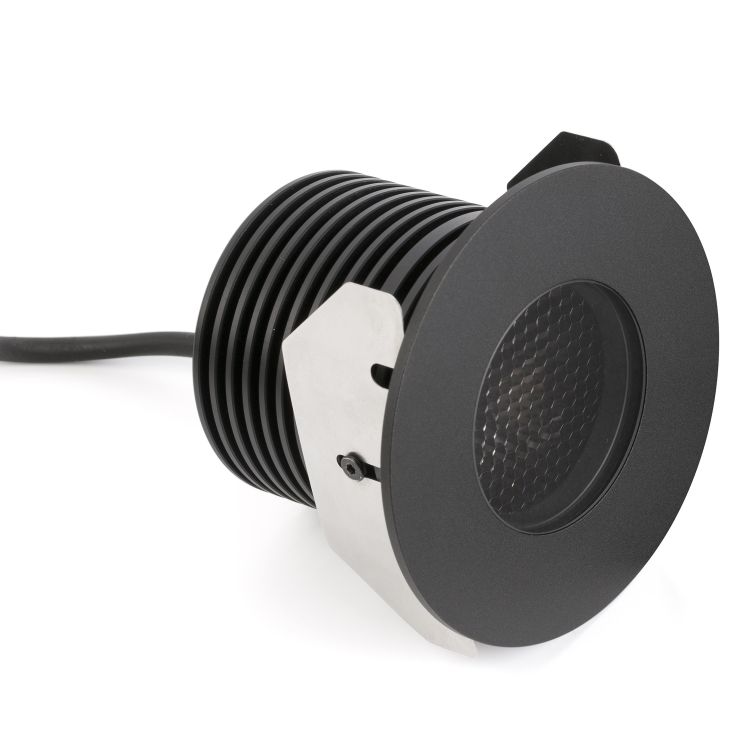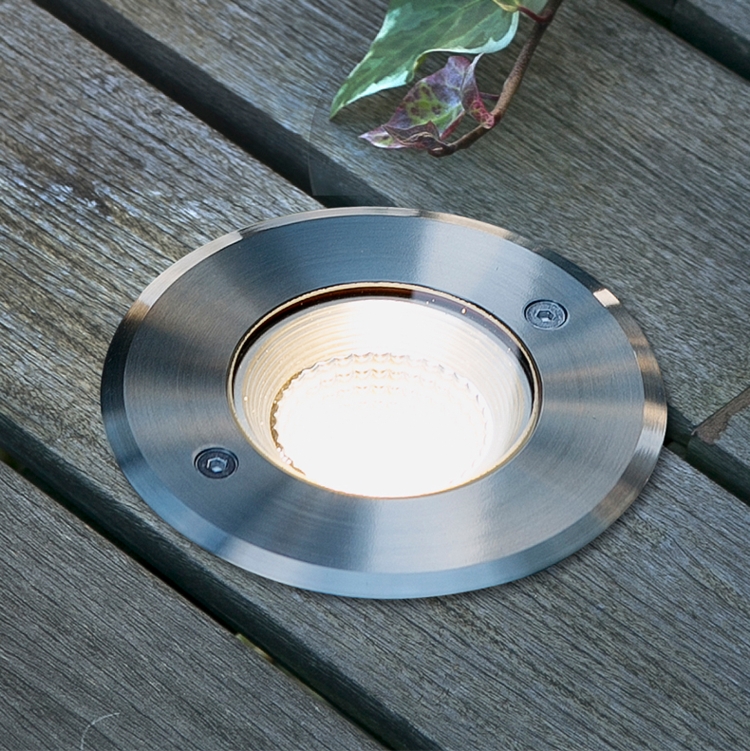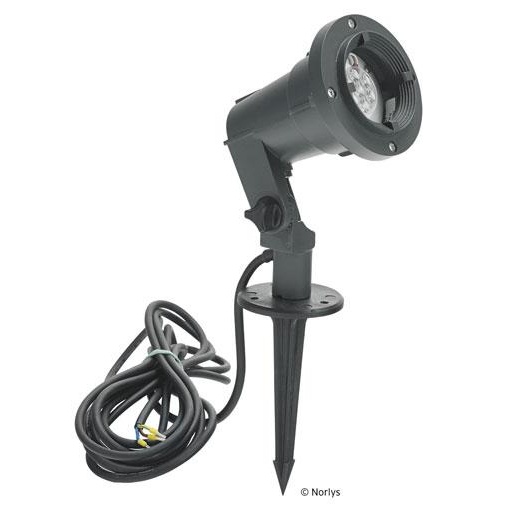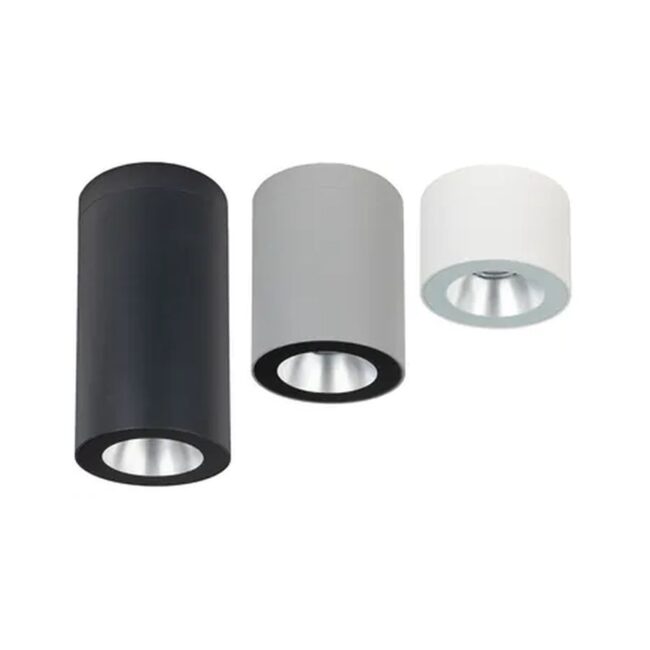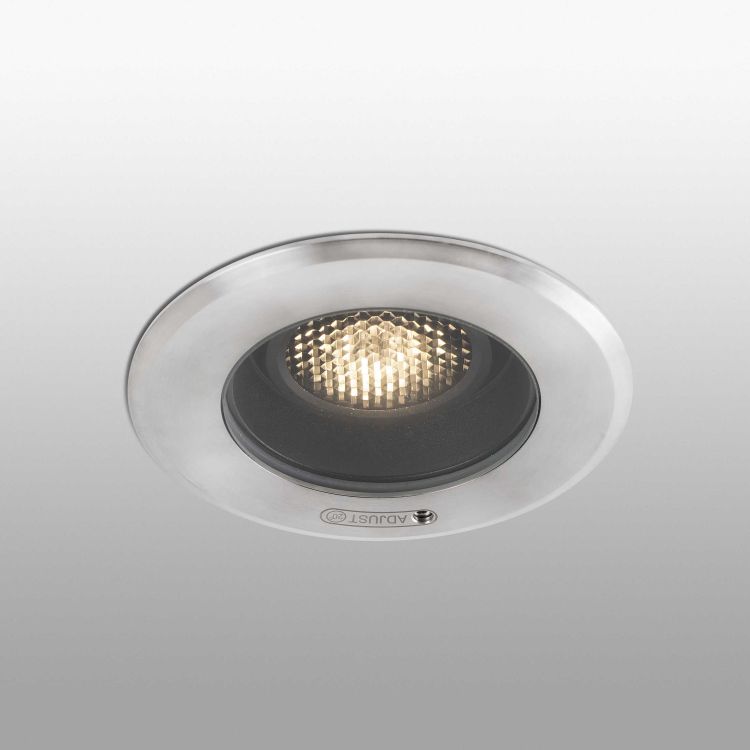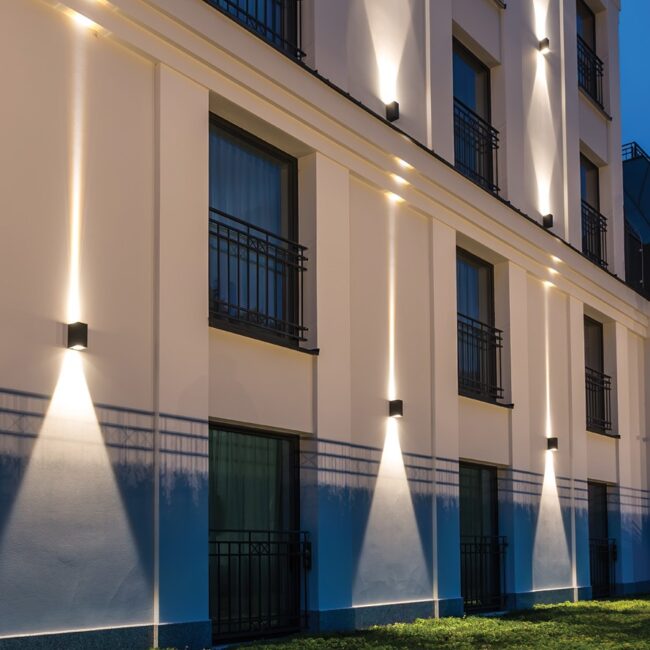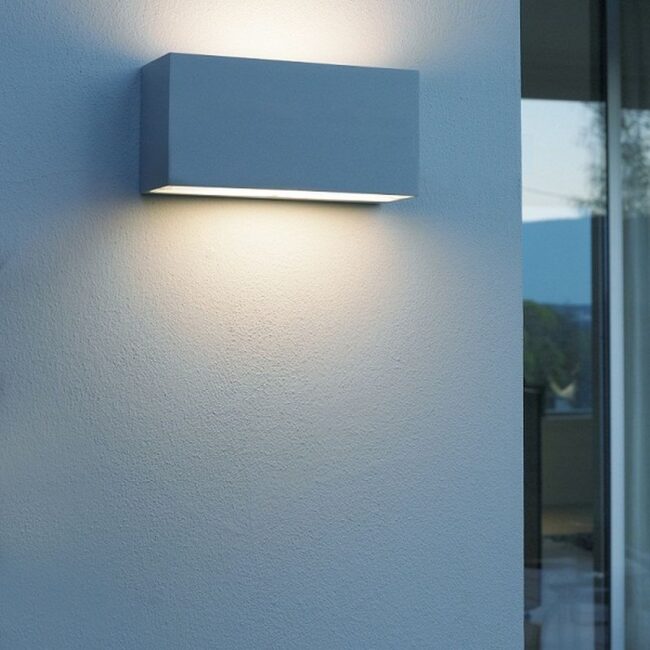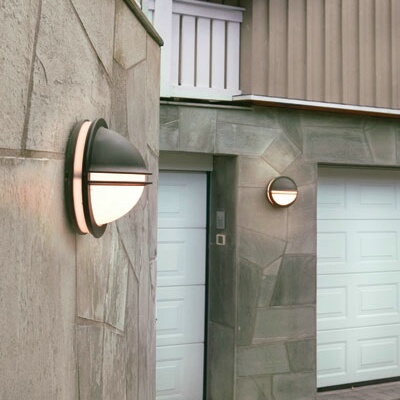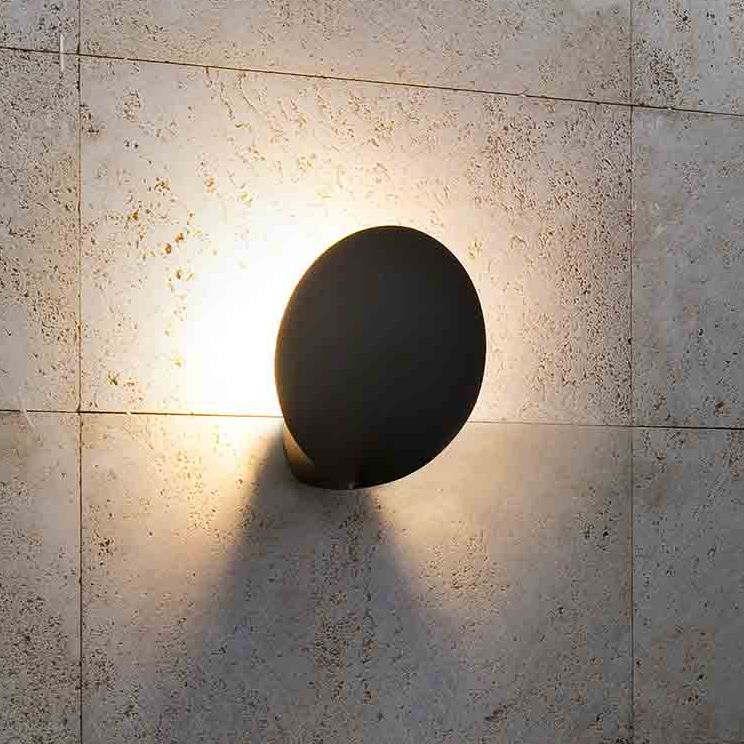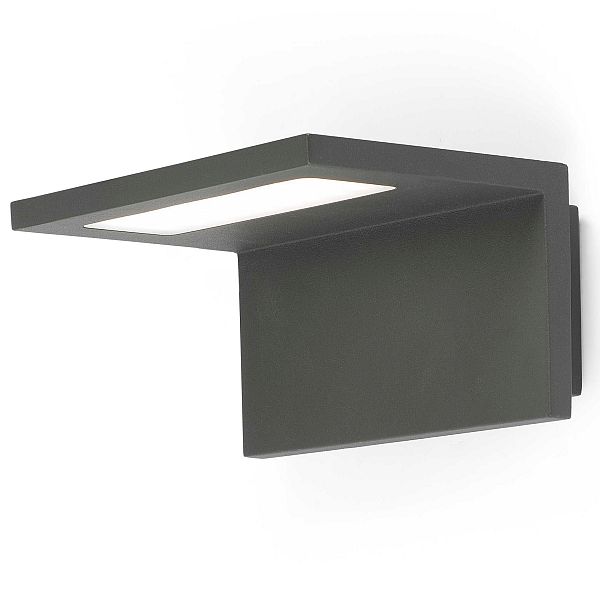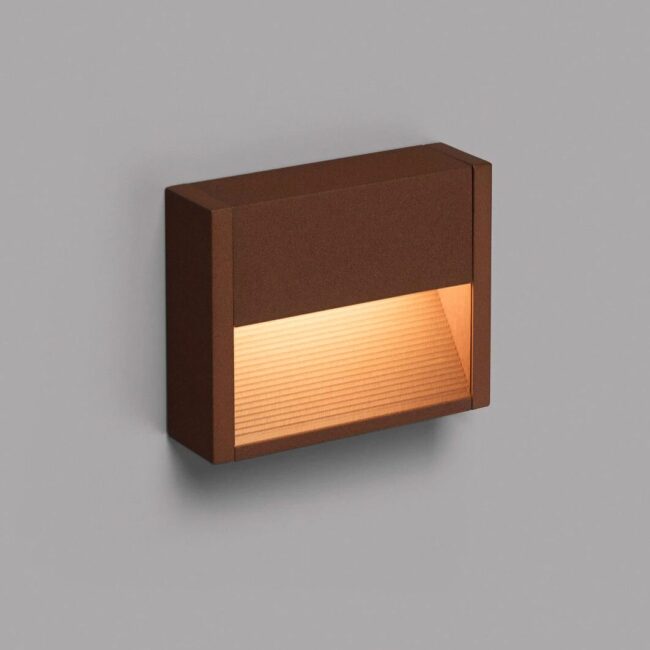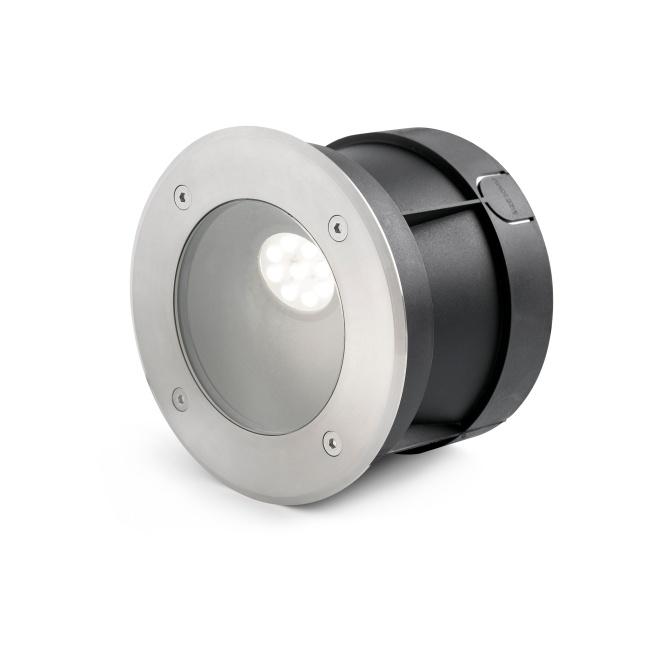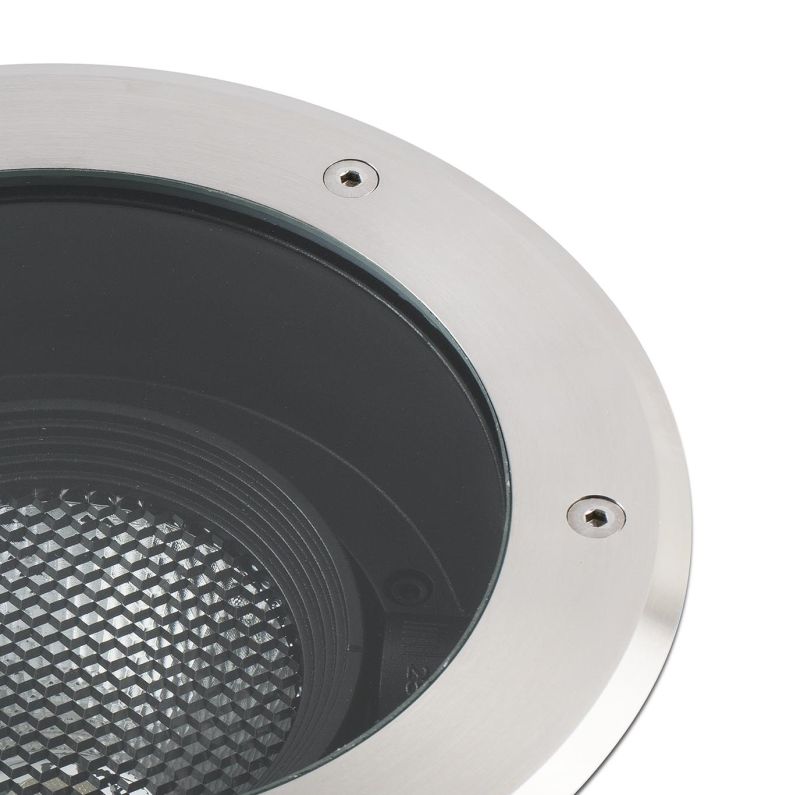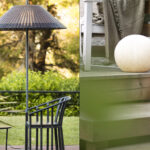
How to illuminate the facade
One often overlooked aspect of outdoor lighting, particularly in private homes, is facade illumination. Typically, the focus is on wall sconces by the front door and lighting for the terrace, while the beautiful facade of the house remains in the shadows. Let’s discuss the possibilities for illuminating your facade and how to avoid common mistakes.
Facade lighting has a significant impact on how a building is perceived. Properly placed lighting can highlight your home’s best features and emphasize its uniqueness. To make facade lighting work to your advantage, it’s essential to follow three principles: coherence, depth, and focal points.
Coherence
Coherence is the impression you want to create. This often means illuminating both the background, intermediate areas, and outlines. Avoid leaving large unlit areas, as they disrupt the overall unity.
Depth
When planning your lighting, make use of the possibilities offered by the three-dimensional environment. Place lighting elements in areas that make the most of the space. You can play with lights of different intensities and ranges. The goal is to emphasize the spatiality of the illuminated area through light and shadow.
Focal Point
When positioning lights on the front of your house, consider your home’s focal points. Decide which details you want to draw attention to. Highlight the refurbished, stately farmhouse’s roofline, a beautiful porch, or emphasize the strict geometry of a modern residence.
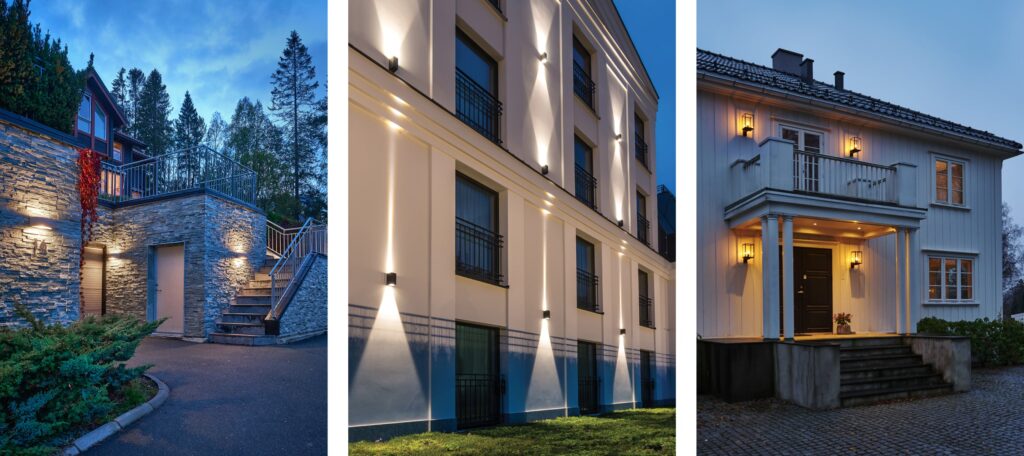
Choice of Lights
Regarding lighting fixtures, the most common types of facade lights are threefold: ground lights, uplights, and wall sconces.
Ground Lights
These are typically embedded or surface-mounted lights that are evenly spaced along the exterior wall of the house, illuminating the facade from bottom to top. This means the light is softer and wider in the middle of the wall and gently diffuses upward. For facades with landscaping, the same effect can be achieved with ground lights placed on poles to prevent plants from obstructing the light beam.
Uplights
Uplights are typically recessed or surface-mounted lights placed beneath overhanging eaves or roofs, illuminating the facade from top to bottom. This is a great way to illuminate various horizontally layered surfaces, such as balconies, terrace areas, and more, without causing glare.
Wall Sconces
Wall sconces are usually mounted in the center of the facade and come in two main types: fixtures that distribute light in one direction and those that distribute light in two directions. In the case of taller buildings, choosing fixtures that distribute light both up and down is a wise choice. There are also fixtures that distribute light in a more asymmetrical or adjustable manner, allowing you to direct the light directly onto an object without causing glare.
FARO GRADA 157
Lighting Angle
For all these fixtures, an essential aspect to consider is the lighting angle or beam angle, expressed in degrees. This indicates how the light source’s illumination spreads. For instance, a 25-degree beam angle produces a much narrower beam than a 60-degree beam angle. In areas with many windows, projecting elements, or very textured surfaces, a smaller beam angle is preferable. On large, smooth surfaces, a wider beam angle may be suitable. There are also fixtures with asymmetrical or adjustable beam angles that are preferred for highlighting the facade without causing glare, as they allow you to direct the light directly onto an object.
Built-in LED or Replaceable Light Source
Lights can come with either replaceable light sources (commonly referred to as bulbs) or integrated LEDs. Both options have their advantages. Replaceable light source options are typically more budget-friendly and offer you the flexibility to choose the wattage or light color temperature you prefer. For modern homes, cooler tones like 3500 K or higher are often favored. A warmer light, such as 2700 K, may be more suitable for a rustic-style look.
Built-in LEDs often have a higher Ingress Protection (IP) rating, meaning they are more durable for outdoor use. These light sources typically have an average life of 50,000 burning hours (more than 5 years of burning time). Another significant advantage of built-in LEDs is their energy efficiency. They deliver better results with lower power consumption.
If you want to improve the illumination of your facade, please get in touch with us. We can help you plan a lighting solution that suits your home best and provide a great offer for a complete solution.

